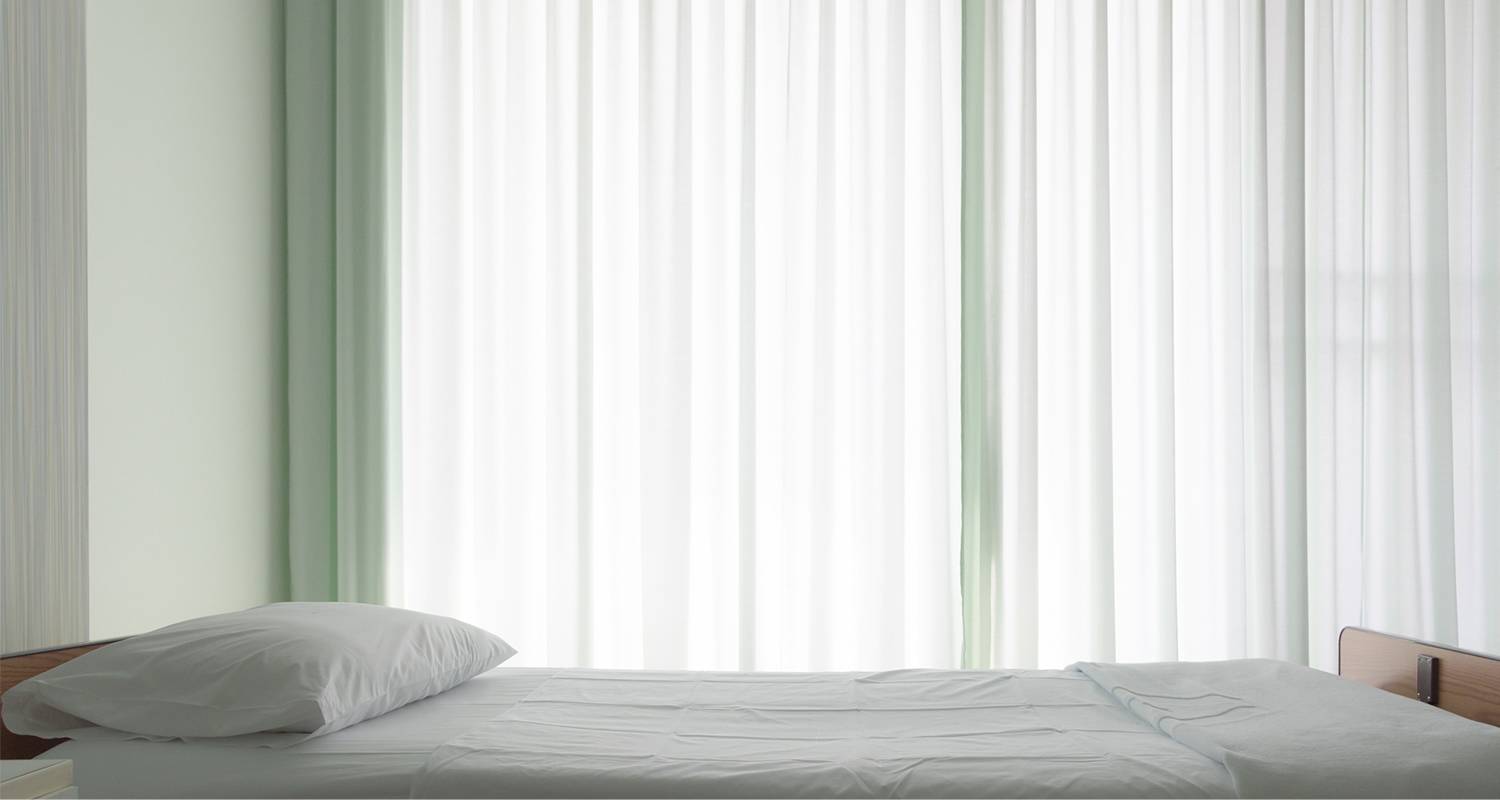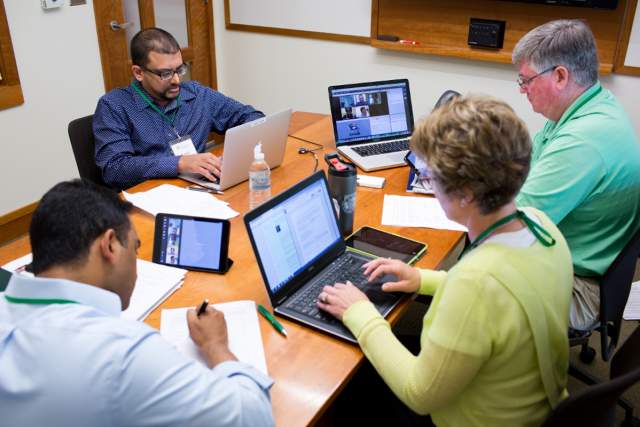When a Hotel Is Better Than a Hospital
Solving a hospital bed shortage with connected care.

Master of Health Care Delivery Science participants explore innovative alternatives to a hospital stay | iStock: bunwit
On any given day, hospital rooms are occupied by patients who don’t really need to be there.
This is problematic for a host of reasons. Hospital beds, for one, are expensive—around $3,000 per night. Moreover, tertiary care beds are in short supply and should be saved for people with critical illnesses.
Dartmouth-Hitchcock Medical Center (DHMC) has had to turn away sick patients because its beds were occupied by patients recovering from minor cardiac procedures, so when it sent a group of doctors and administrators to participate in the Master of Health Care Delivery Science (MHCDS) Program, they saw it as an opportunity to think deeply about a solution.
MHCDS participants, in addition to their normal coursework on and off campus, must form groups and complete an Action Learning Project (ALP), which prompts them to address a real health care delivery problem using the tools they have just acquired. The ALP became the perfect vehicle to explore innovative ways to provide patients alternatives to a hospital stay, with the benefit of helping relieve bed capacity shortages at DHMC and other tertiary hospitals.
For its ALP, team Skole (composed of DHMC staff along with a chief of cardiology from Community Heart and Vascular Hospital in Indianapolis, and a chief quality and population health officer from Baystate Health) chose to design a model for hospitals to care for low-risk recipients of heart stents and angioplasties in a nearby hotel with rooms equipped with telehealth technology.
It might sound outlandish to put hospital patients in a hotel and call it health care, but advances in communication technology and “connected-care” processes have made caring for patients remotely an almost routine practice. Sarah Pletcher, M.D., MHCDS’17, founded Dartmouth-Hitchcock’s telehealth center in 2012, starting with efforts that made it possible for specialist doctors at the main campus to see patients in their local primary care clinics dozens of miles away. Today, Dartmouth-Hitchcock Connected Care runs a dedicated 24/7 hub that supports care touching fifty specialties and serving patients in one hundred locations across ten states, all via video and internet-connected medical devices.
Pletcher and her colleagues on team Skole looked at the clinical and financial implications of putting certain cardiology patients in an alternative setting and found an opportunity to reduce the cost of care by up to $11,000 per case, which could translate into $1 million per year for a hospital the size of DHMC, while simultaneously improving quality and the patient experience and reserving space at the hospital for the patients who need it most.
“To some, this seems very ‘out there’ and disruptive,” Pletcher says. “But integrating telehealth tools into everyday practice is rapidly becoming the standard of care.”

